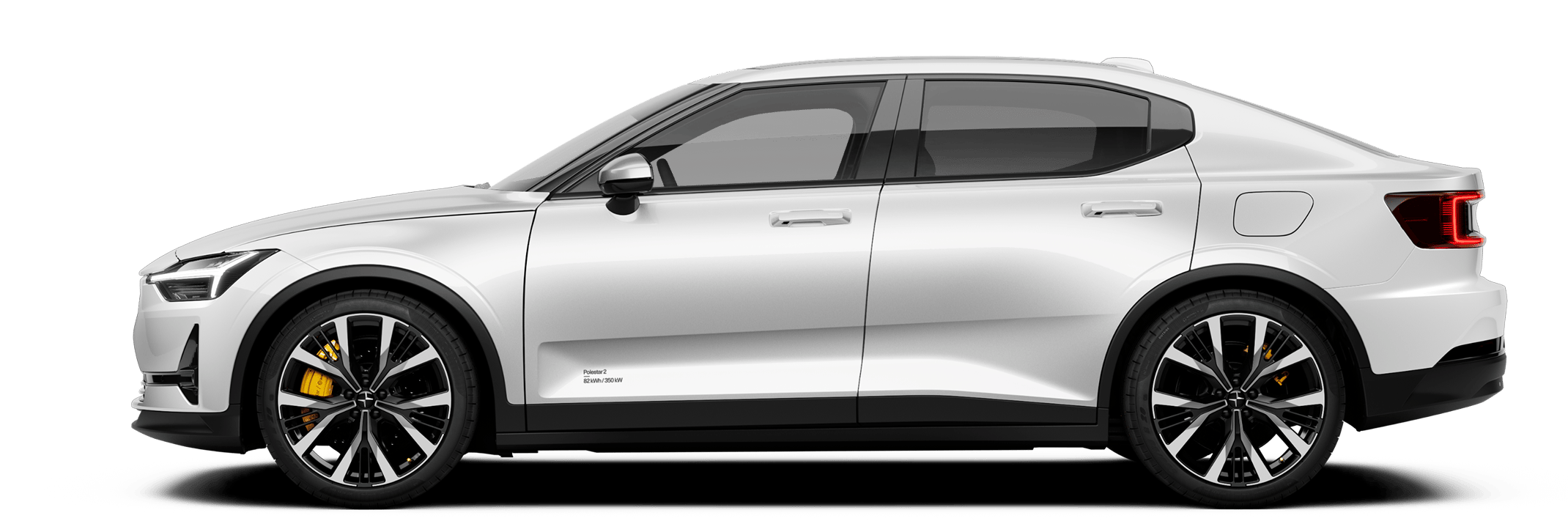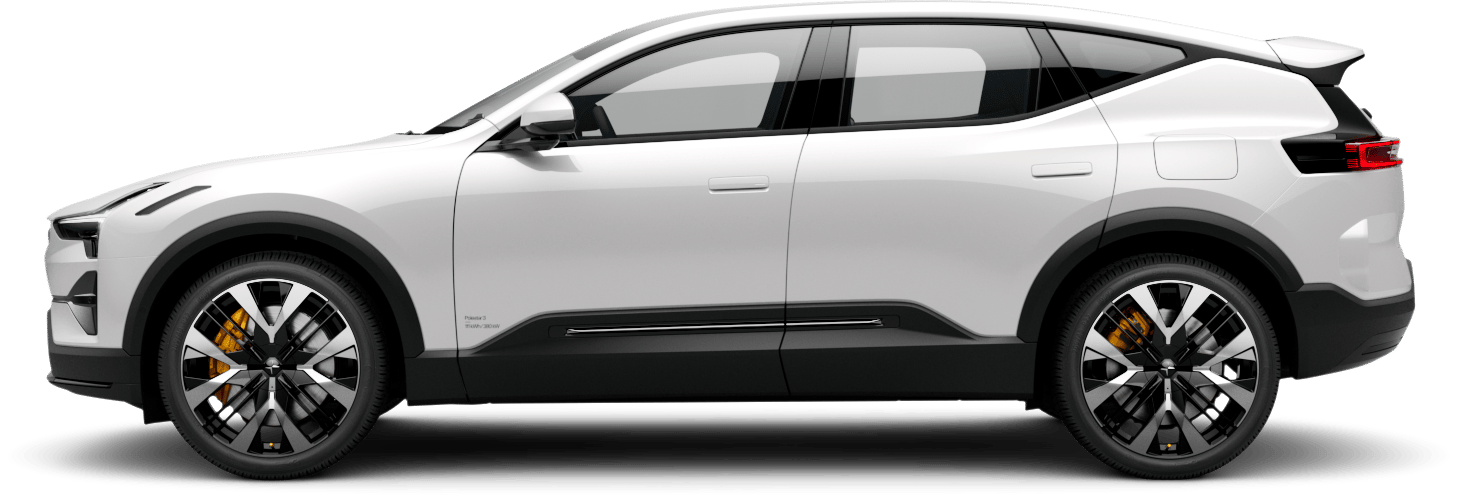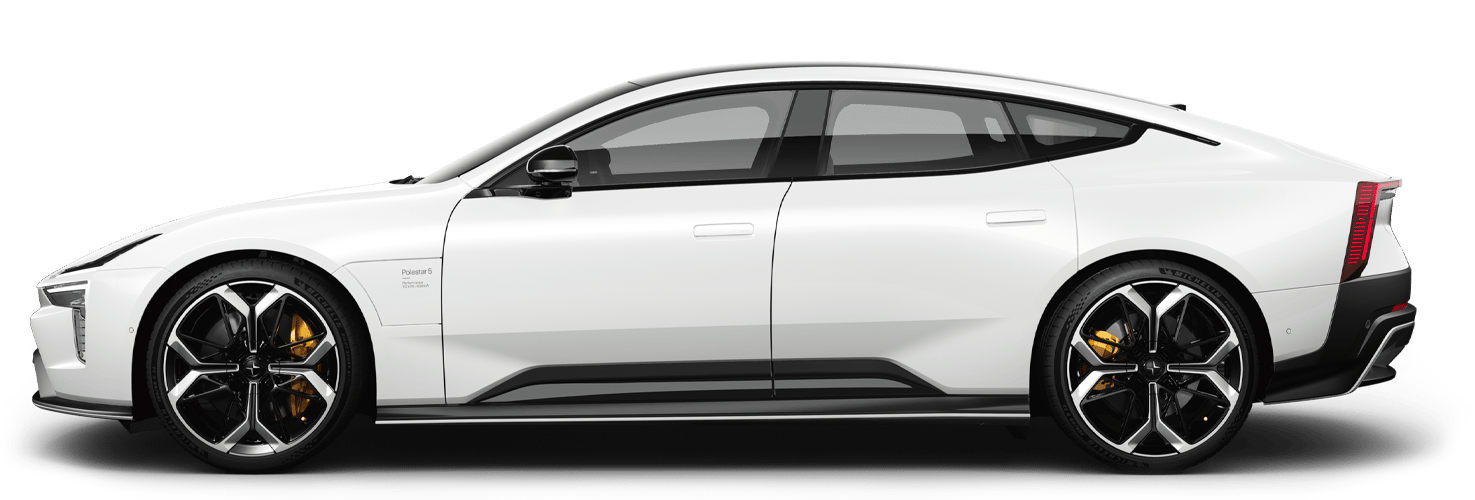Green charging: new technologies
The EV revolution is spreading rapidly. As is its need for power. But today, most of the power on the grid is not clean. To reduce carbon emissions in the energy sector, and turn the grid green, we need technological breakthroughs. And when talking about turning things green, what better source of inspiration than nature itself?

Currently, we are exploring the possibilities of generating energy from wind, water, and sunlight. These green solutions are scalable and economically viable for around two-thirds of the world's energy supply. However, without an accelerated utilisation of renewable energy technologies, factors like rising energy demand and population growth could outpace energy decarbonisation.
Experts are also working relentlessly to come up with new ideas. One of the more promising avenues currently being explored is harvesting energy from temperature differences between ocean surface water and deep water, called ocean thermal energy conversion (OTEC). It provides constant, steady power round-the-clock, without any need for energy storage. While the first net power-producing facility was already developed in the 1990s, OTEC is still considered an emerging technology.
Tapping into the water cycle and taking advantage of rainy days could be another way to increase our renewable energy use. Electricity from rain can be generated by vibration from water droplets falling onto a special surface that can capture the kinetic energy (called piezoelectric material, like quartz). Until recently, experts haven't been able to get raindrops to produce a significant amount of power. But a breakthrough may be well underway. New research has found a method that can create enough charge with a single droplet of rain, tap, or seawater to power 100 LED light bulbs.
Renewable energy sources like wind and solar can't produce electricity constantly and continuously. That's why we are also coming up with new ways to store green energy that can be used when wind or sunlight are in short supply. Like levitating flywheels. Building levitating flywheels that can spin around without losing their energy, is one possible energy storage solution. As long as the wheel is rotating, it stores the energy that originally started it. When needed, the energy can then be converted into electricity.
All these ideas are compelling examples of what nature can provide us with. They are proof that that inspiration and real solutions are much closer at hand and that we are well on our way to creating a fully renewable energy grid and truly sustainable electric driving.





